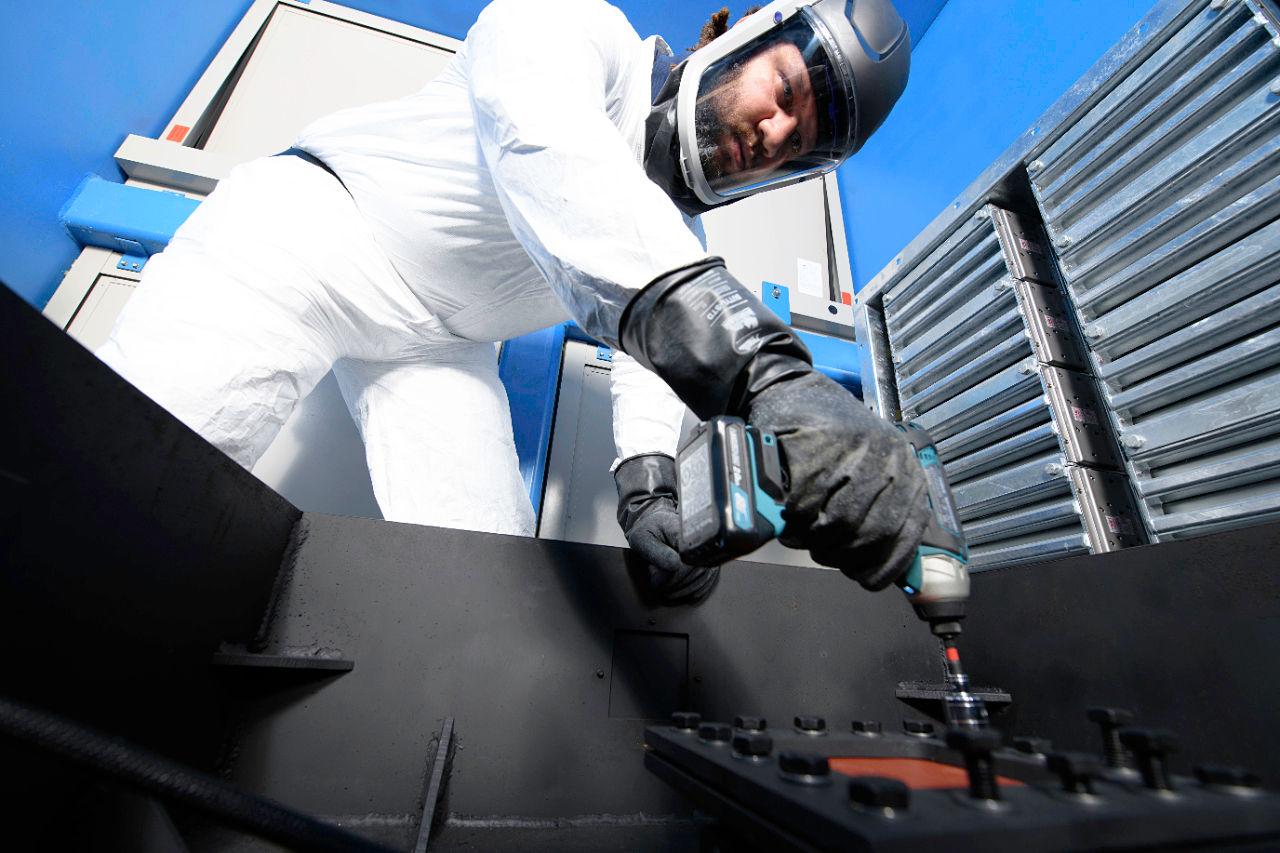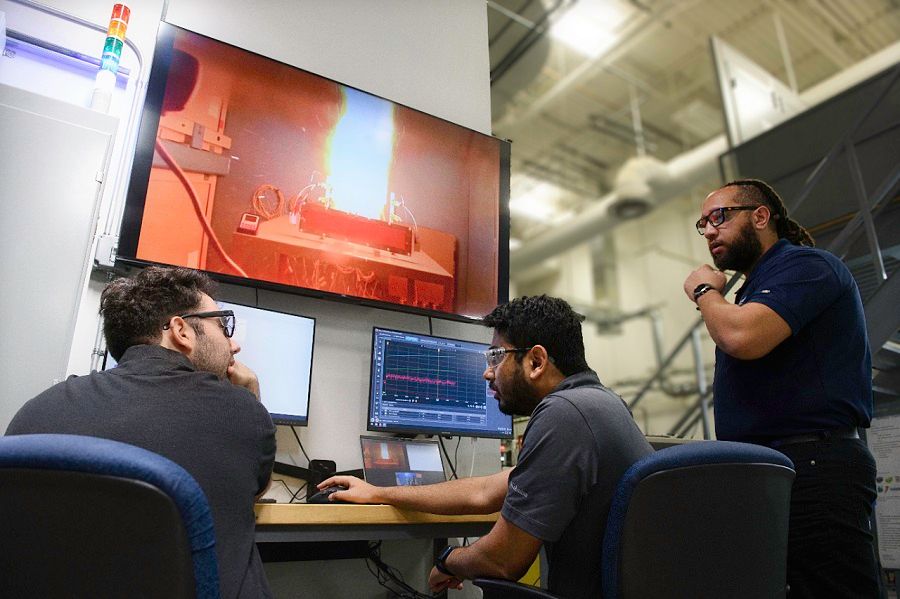Freudenberg Sealing Technologies Adds Battery Testing Laboratory in North America
Freudenberg Sealing Technologies has added a state-of-the-art battery testing laboratory to its R&D laboratories at its North American headquarters in Plymouth, MI. The multi-million-dollar investment will facilitate in-house battery and battery component testing, including simulated thermal runaway, and will increase the company’s functional knowledge and product development capabilities in the field of electric vehicles (EVs). Simulation tests that replicate battery cycling scenarios are also possible in the new laboratory.
With industry experts predicting that the sale of EVs could top 100 million by 2030, it is imperative to vehicle manufacturers that challenges including range, power, safety and charging times are addressed. One solution, the use of lithium-ion batteries with higher energy and power densities, in an attempt to increase vehicle range and power. But these batteries could pose a greater risk of thermal events taking place because they may generate higher heat and pressure during use. Freudenberg Sealing Technologies' new laboratory will allow engineers to observe thermal runaway and other operations, as they take place and incorporate data generated during these tests into their research and development activities.

“Freudenberg Sealing Technologies leverages its’ experience in sealing, material design, component design, and manufacturing to provide solutions across all of the industries it serves,” said Chad Bauer, senior vice president of technology and innovation for the company. “This battery laboratory will help provide valuable insight and the data needed to design solutions for EV products. Our material development experience with fire and thermal applications began more than 20 years ago with our aerospace products and we continue to build upon this knowledge for EV applications.”
Strength and sustainability
The new laboratory includes two eight-by-eight-by-eight-foot, steel test chambers located in a reinforced test room. These chambers house the cells, modules, or batteries during test and have been designed by explosives experts. They are rated to withstand thermal events in single cells, modules, and battery packs up to 25 kWh – the energy equivalent of several pounds of TNT. The company has installed 9v 100amp low voltage charging, as well as 800v, 600amp high voltage charging capabilities in the test room. The test chambers are additionally equipped with multiple video cameras and a sophisticated data acquisition systems that operates with over 100 input channels and captures the data in excess of 60Hz, or 60 data points per second. The company can evaluate various operating conditions including thermal runaway caused by battery punctures, overheating, and overcharging in these test chambers.





 Power Transmission Engineering is THE magazine of mechanical components. PTE is written for engineers and maintenance pros who specify, purchase and use gears, gear drives, bearings, motors, couplings, clutches, lubrication, seals and all other types of mechanical power transmission and motion control components.
Power Transmission Engineering is THE magazine of mechanical components. PTE is written for engineers and maintenance pros who specify, purchase and use gears, gear drives, bearings, motors, couplings, clutches, lubrication, seals and all other types of mechanical power transmission and motion control components.